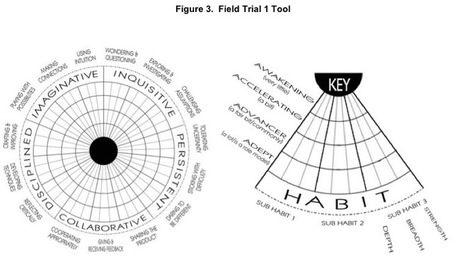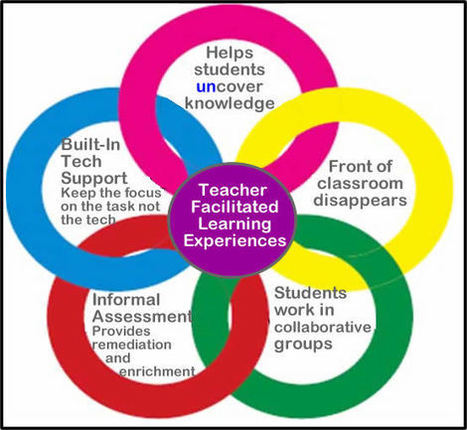"Culture Shift: Teaching in a Learner-Centered Environment Powered by Digital Learning, examines the support that educators and schools will require to implement genuine teaching practices that are personalized for each student. Digital learning, the report argues, can be a major strategy for enabling teachers to meet varied students’ needs while also supporting necessary cultural shifts in teaching.
According to the report, learner-centered instruction is personalized, rigorous, and based on college- and career-ready expectations. It is also collaborative, relevant, and flexible, with learning taking place anytime or anywhere. A true shift to a learner-centered environment powered by effective technology requires a strong school culture that embodies, encourages, and focuses on the needs of each student, the report argues. Specifically, Culture Shift maintains that the integration of technology and digital learning, school leadership, and changes in the teaching profession are critical to the transition to this new culture."
 Your new post is loading...
Your new post is loading...
 Your new post is loading...
Your new post is loading...











Can you use formative assessments to assess creativity? This post by Mark Gleeson provides a look at an in-depth working paper "Progression in Student Creativity in School: First Steps Towards New Forms of Formative Assessments."
He states:
"Creativity is defined as one of the four 4Cs of Learning and Innovation in 21st Century learning. This OECD Creativity working paper is an interesting start in working out how we can define, develop and assess this wide ranging ‘skill’ we call Creativity. On display in the image above is a protype assessment tool developed from much research as outlined in the working paper."
The image below shows that they have created "The Five Dispositions Model" of the creative mind: Inquisitive, Persistent, Imaginative, Collaborative and Disciplined. In addition there are 15 sub-dispositions that are tracked along three dimensions: Strength, Breadth, and Depth. The model has been tested and a link to the pdf is in the post (as is the paper through Scribt).
As we move towards the Common Core and creativity becomes a component that we should be addressing this paper may provide additional insights into ways to use formative assessments in this area.